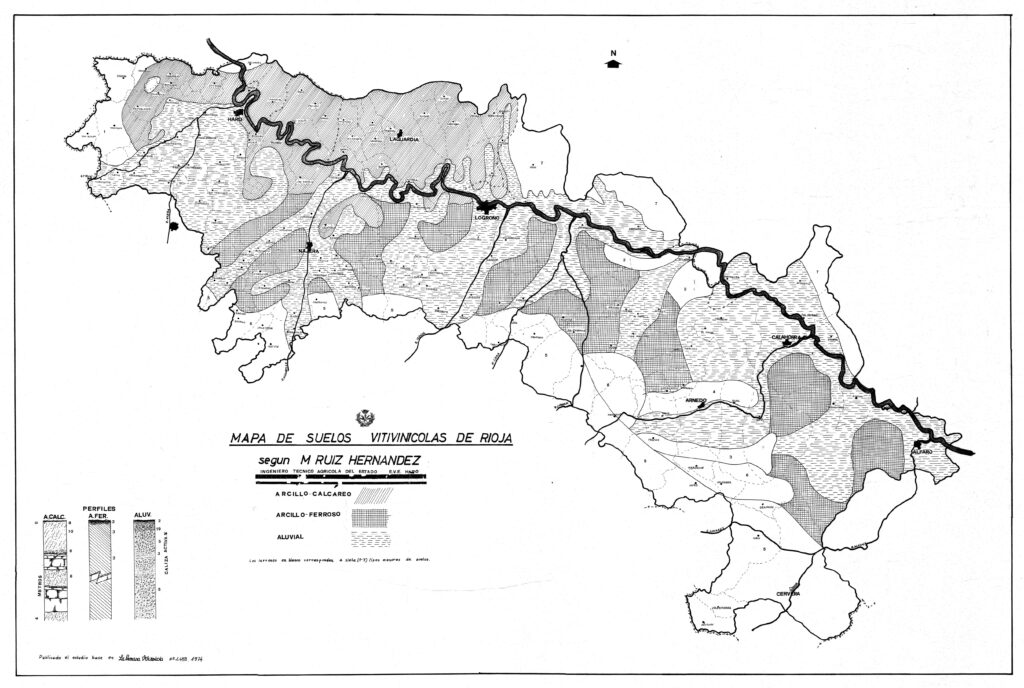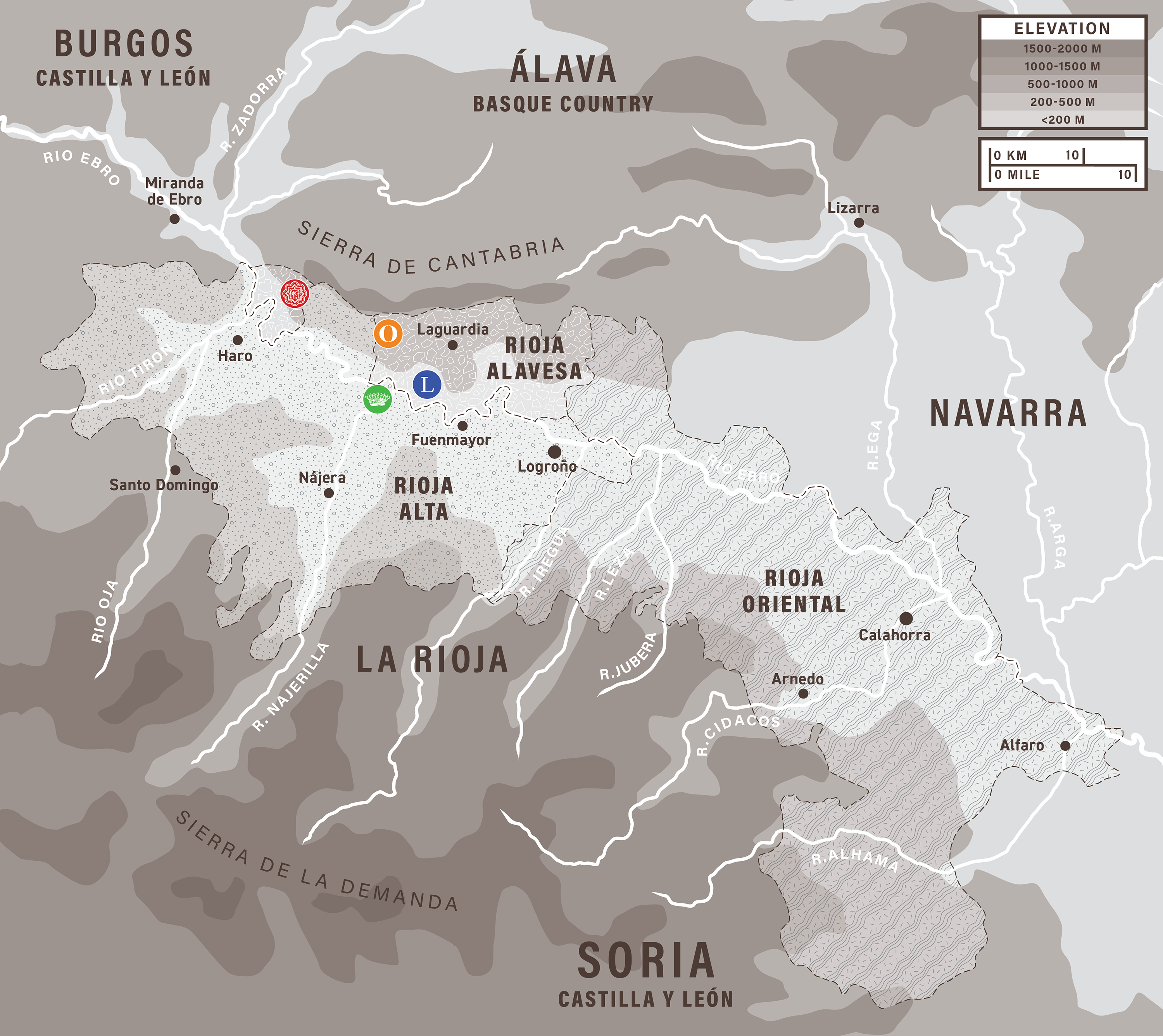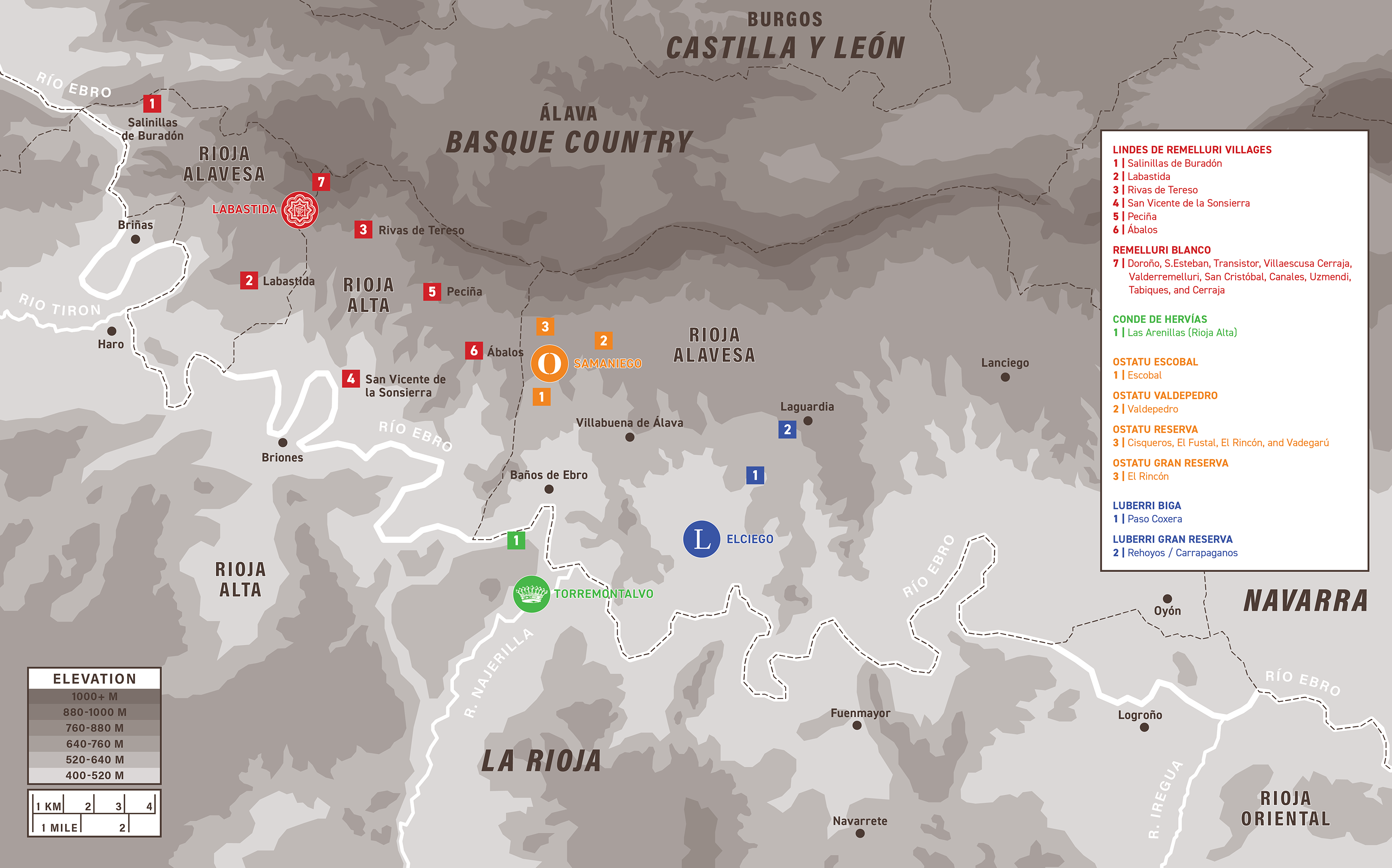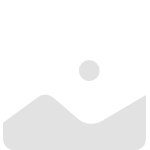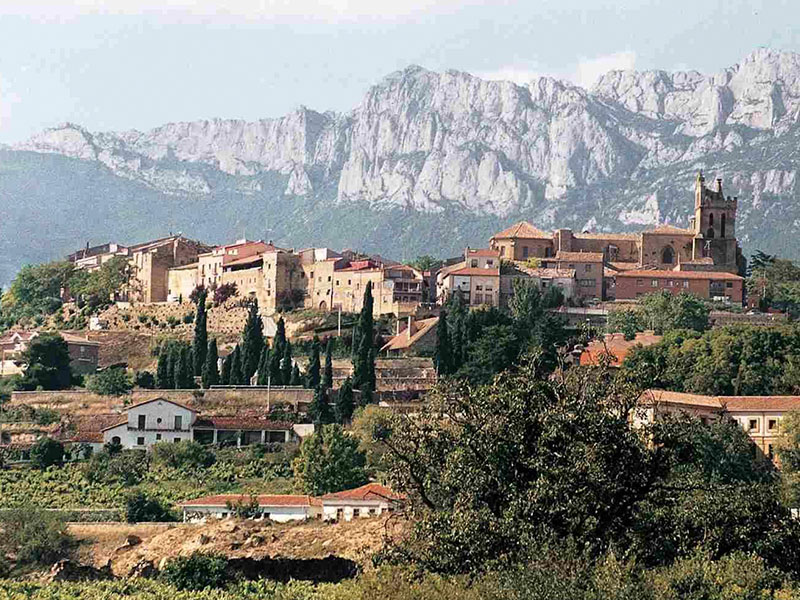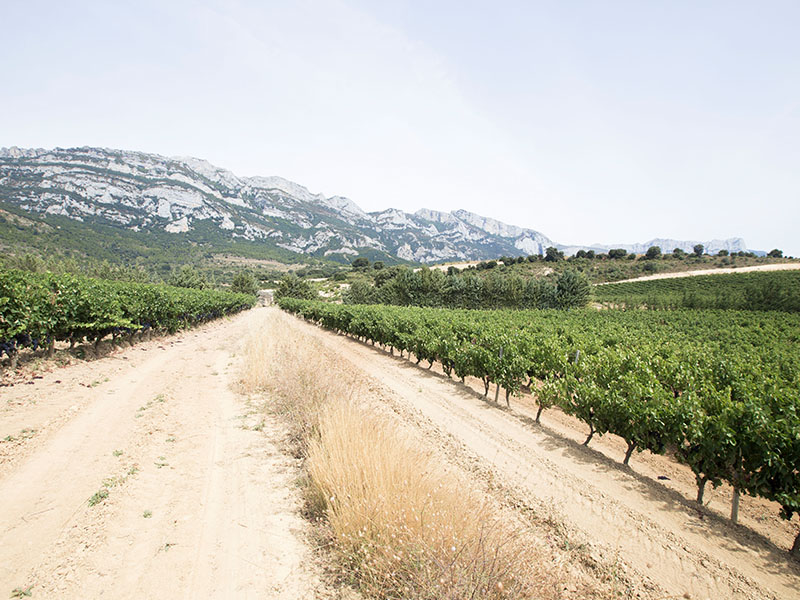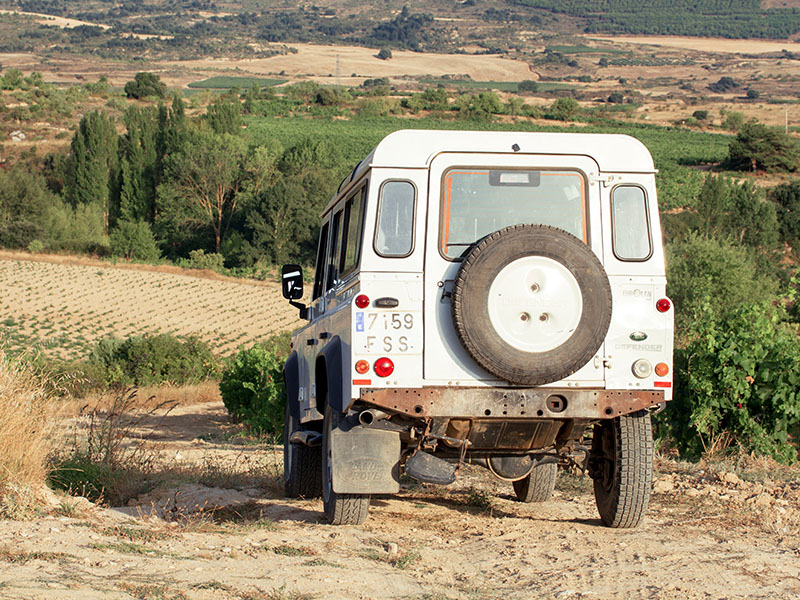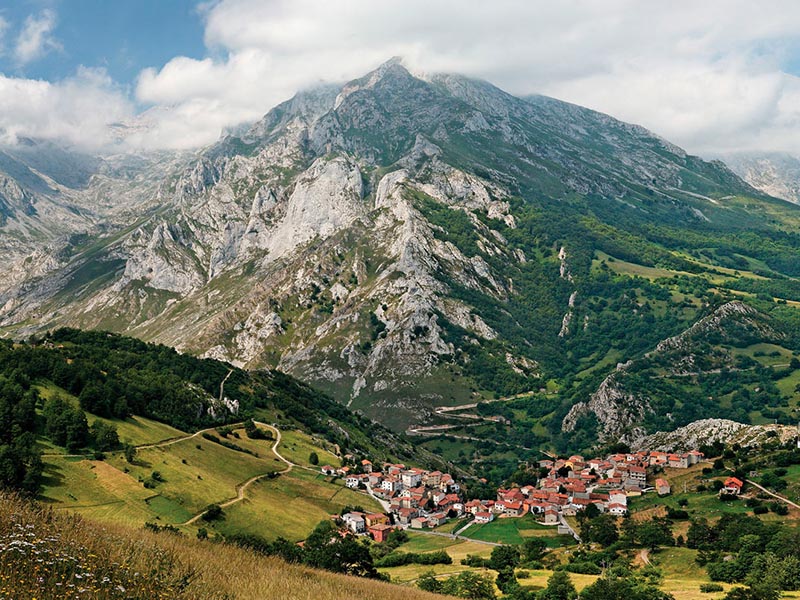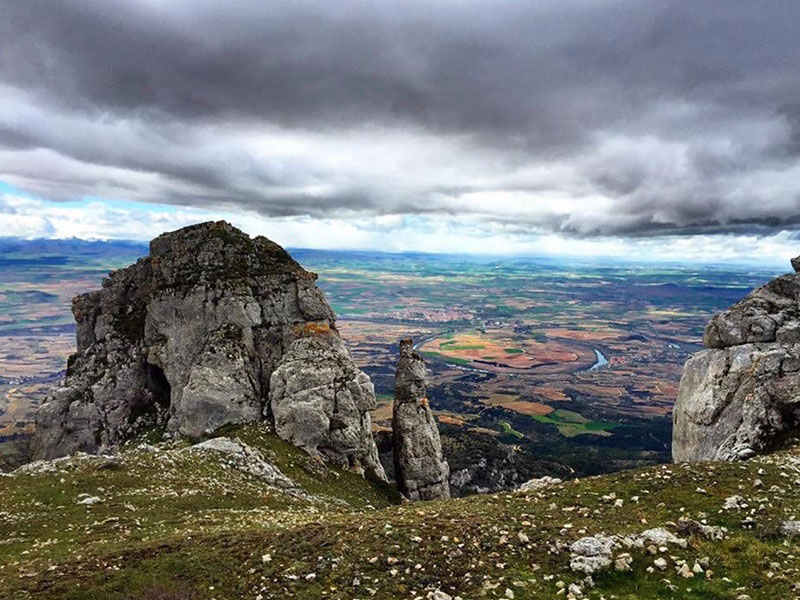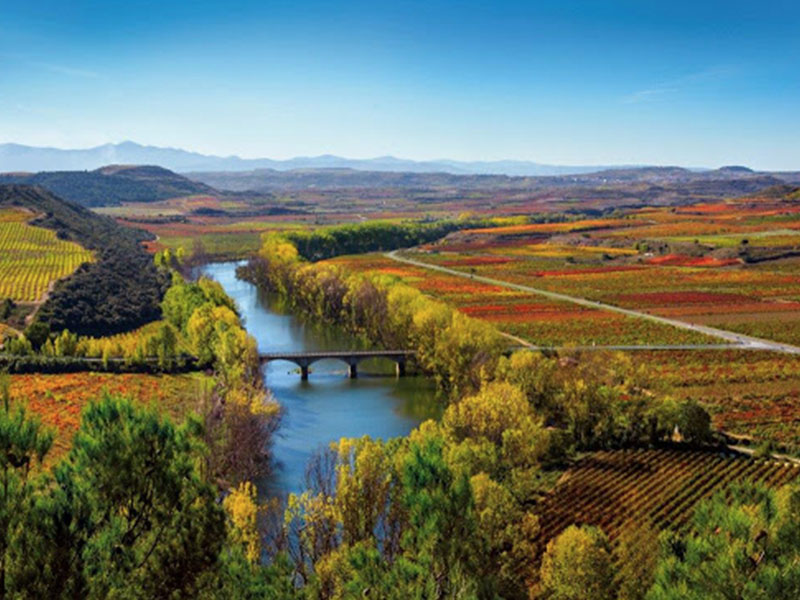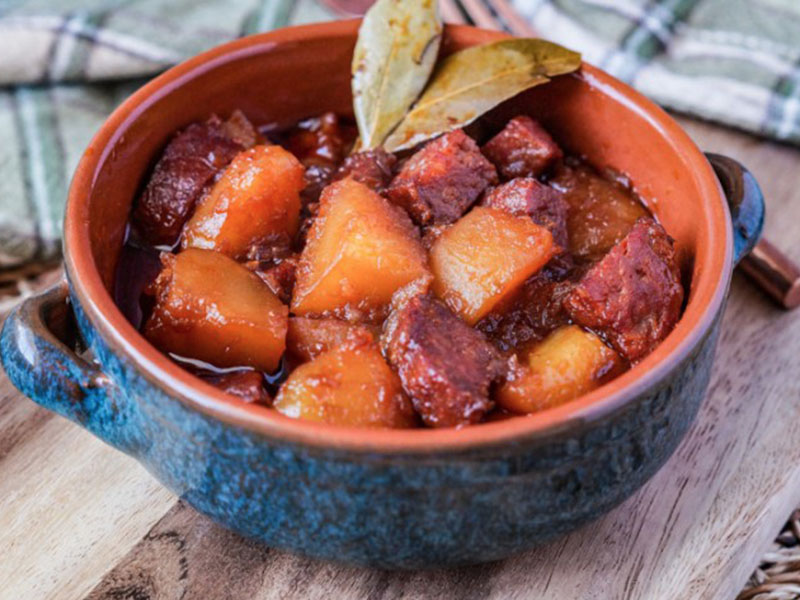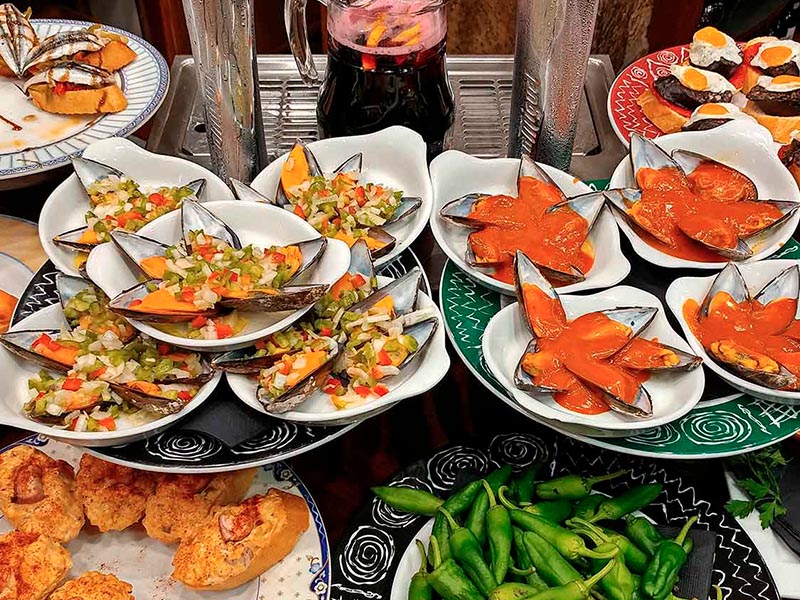Rioja
North-central Spain
Rioja is the oldest and most famous denomination of origin in Spain. Located in the northern part of the country and overlapping the three autonomous regions of La Rioja, Alava and Navarra, it is bordered on the north by the mountains of the Sierra Cantabria and to the south by the Sierra de la Demanda. The denomination is divided into three main viticultural sub-zones: Rioja Oriental, Rioja Alavesa and Rioja Alta.
A great deal of the wine produced in Rioja is traditionally made by large Rioja houses through the blending of grapes from all three sub-zones. The idea was, and continues to be, production of a house style that could be duplicated each year. Most of the vineyards of Rioja are owned and maintained by small local farmers known as cosecheros. It is these cosecheros who are changing the landscape of Rioja by coming out from under the shadows of the large operations to reveal the characteristics of their villages and sub-zones.
Rioja Alta
This sub-zone is located in the autonomous region of La Rioja. The clay calcareous soils bordering the river face north and, due to their highly acidic nature, tend to produce wines that are long-lived. Further south the soils are alluvial with ferrous outcrops producing less structured wines.
WINES FROM RIOJA ALTA
Rioja Alavesa
This sub-zone is in the Basque autonomous region known as Araba and follows the left bank of the Ebro river. The area is protected from the harsh northern climate by the Cantabrian mountain range. The vineyards here are generally south-facing with predominantly clay calcareous soils that are responsible for creating wines with great concentration and complexity.
WINES FROM RIOJA ALAVESA
Rioja Oriental
Located in the autonomous communities of La Rioja and Navarra, the vineyards in this area lie at the southernmost part of the D.O.Ca. The region starts at Logroño and continues south. Here the climate is very Mediterranean, with Garnacha being the predominant grape. The climate is generally warmer than in the rest of Rioja, and the soils are mostly alluvial in nature, with ferrous clay outcrops.
Grapes of Rioja
The grapes authorized by the denomination are Tempranillo, Garnacha, Mazuelo (Cariñena) and Graciano for the reds. Malvasia, Garnacha Blanca and Viura are also authorized as white grapes either for blending in reds or becoming white wines on their own. Other grapes are authorized as “experimental grapes” but cannot appear on labels.
Aging Requirements & Classifications
The denomination has established stringent labeling requirements to make consumers aware of distinct classifications of wines based on aging requirements. In the past, these aging requirements defined the quality levels of a wine, but today some wineries are ignoring these categories and placing more importance on vineyard location than aging. Many of these wines are listed as simple cosecha, or wines of the vintage, even though they are often aged several years before release.
All bottles are marked with an additional, color-coded consejo regulador label to signify their classification.
> Cosecha (green label)
These wines are traditionally those that have not been aged in oak and are released immediately after being produced. In recent years this category has come to also include wines that have been aged through methods other than those prescribed by the other classifications.
> Crianza (red label)
Red wines must be aged a minimum of two years with at least one year in 225L oak barrels. White wines must be aged at least six months in 225L oak barrels.
> Reserva (maroon label)
Red wines must be aged a minimum of three years with at least one year in 225L oak barrels. White wines must be aged a minimum of two years with at least six months in 225L oak barrels.
> Gran Reserva (blue label)
Red wines must be aged a minimum of five years with at least two years in 225L oak barrels and three years in bottle. White wines must be aged a minimum of four years with at least one year in 225L oak barrels.


